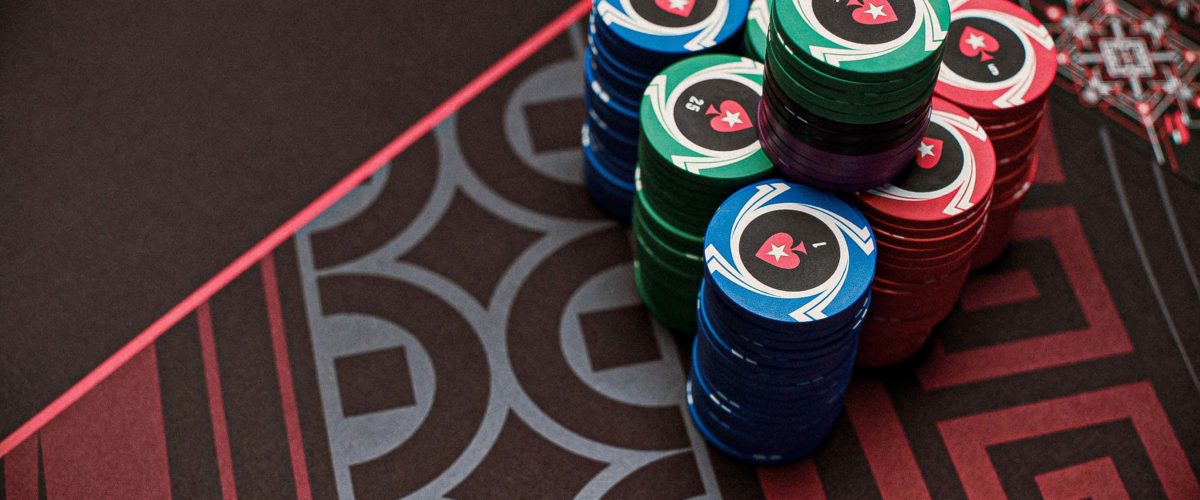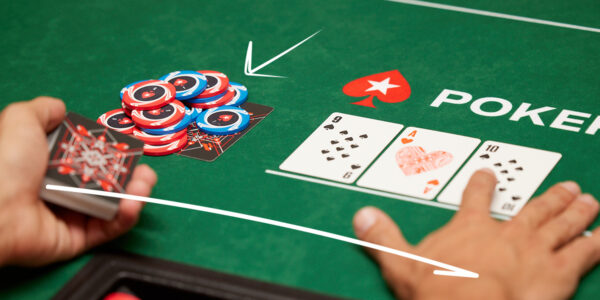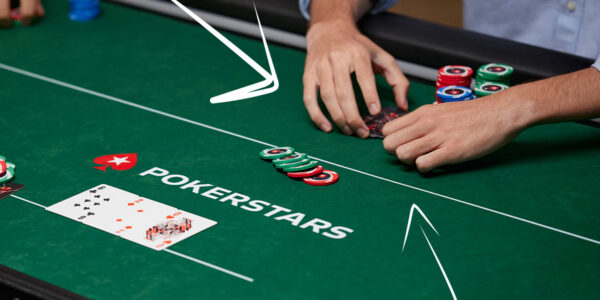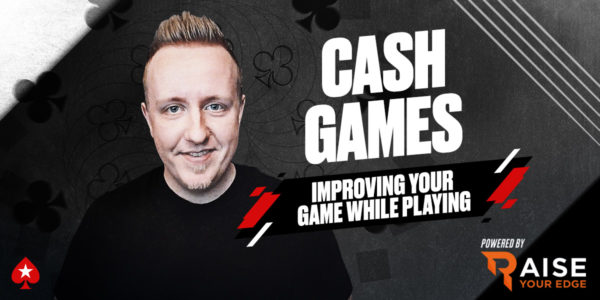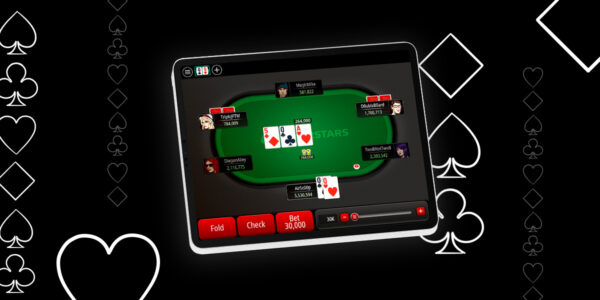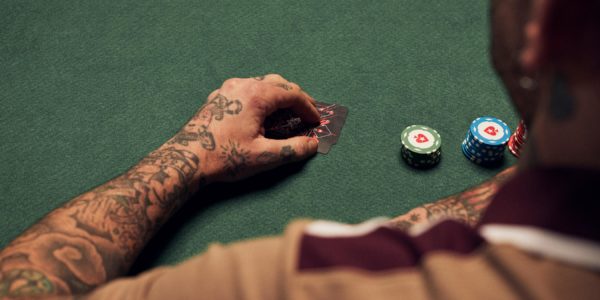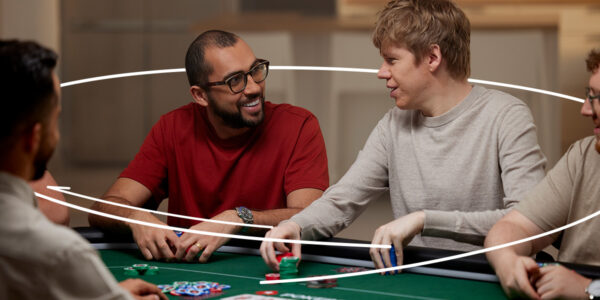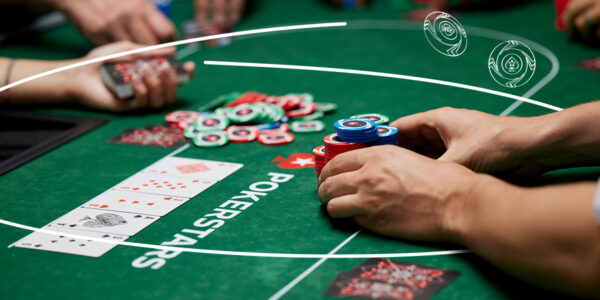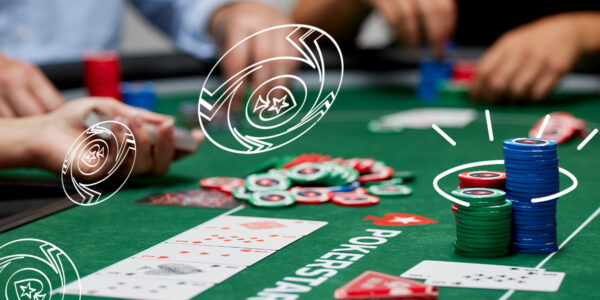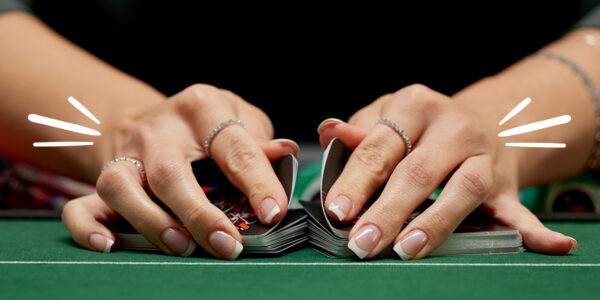Plug and play guide to Single Raised Pots OOP
One of the most common postflop scenarios you’ll face at the poker table is a single raised pot (or SRP for short).
When playing in position and having the benefit of last action, many players feel pretty confident in these spots right out of the gate. But what happens when you’re out of position and have to act first?
Luckily, there is one simple rule that will help you stick to a solid strategy in these situations and give you the confidence to bet on flops that are good for your range and check when they’re better for your opponents.
Let’s dive in and learn about the “two sets or more” rule.
The Two Sets or More Rule
For this rule, let’s assume that we raise Under the Gun (UTG) and our opponent calls on the Button (BTN).
When analyzing this situation, we first want to look at a Game Theory Optimal (GTO) strategy to find out what flops GTO solvers like to bet and check in this scenario.
Consistently implementing a GTO strategy is near impossible for the vast majority of players, but all players can simplify things into easy to follow rules based on the solver’s output.
When playing out of position after raising preflop, solvers like to check a lot on flops containing at least two low cards (2-9) and bet a lot on flops containing two high cards (T-A).
This strategy stays largely consistent across most flops in the GTO sim, because the solver recognizes when it has a “nut advantage” and when it doesn’t. The player who can have stronger hands in their range than their opponent can has the nut advantage, because they have the “nuts” more often than their opponent ever can.
To simplify this rule, we can make our postflop decisions quickly when out of position by looking for sets. If our opponent can have 2 sets or more on the flop, we check 100% of our range. Whenever two or more high cards come on the flop, we bet 100% of our range for a small 1/4 or 1/3 pot sizing.
When you look at the ranges, this strategy will make sense. In an UTG raiser versus BTN caller scenario, we assume BTN will typically 3-bet at least JJ+ preflop but will call many lower pairs to try and ‘’setmine’’.
When the flop is K♠ Q♥ 2♣ , the player on the BTN caller can realistically only have one set (22), because they would likely have 3-bet KK or QQ preflop. This means that we can go ahead and push our advantage by betting 100% of our hands on this flop as the out of position player.
The inverse is true on a flop like 6♥ 7♥ 2♦ . As the preflop caller, the player on the BTN can have all three sets on this board (66, 77, and 22), meaning that they will be able to put the pressure on us. We should check this board with all of our hands, even with a hand like AA, to protect our range.
C-betting too often is a common mistake for a lot of players, so make sure to check out this article for 3 easy tips to avoid exploiting yourself when c-betting, 3-betting and 4-betting.
By following this one rule you’ll never make a big mistake when c-betting out of position again. Always try to be aware of what your range looks like, what your opponent’s range looks like, and how they stack up against each other on different board textures.
Condimentum Nibh
Donec sed odio dui. Cras mattis consectetur purus sit amet fermentum. Vestibulum id ligula porta felis euismod semper. Curabitur blandit tempus porttitor.
